


Insight: Digital Transformation.
By Yamel Hurtado.

Delivery and Quality Challenges
In today’s industrial landscape, timely delivery and consistent product quality are paramount for businesses’ success and competitiveness. Despite technological advancements and operational improvements, many companies face challenges in meeting delivery timelines and maintaining quality standards.
Efficient logistical and production processes are crucial for enterprises in the Mexico-USA export market. To ensure timely delivery at Mexican customs, it is essential to review and enhance suppliers’ processes related to production, handling of finished products, and logistics.
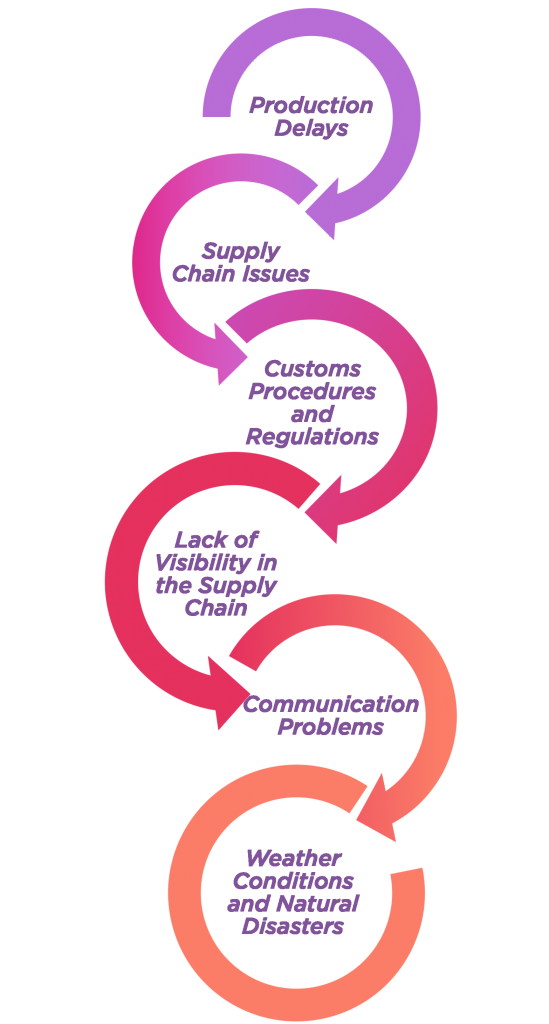
…To Accelerate Speed to Market
At ByKon, we have a profound understanding of the challenges that businesses encounter in today’s industrial landscape. Through meticulous evaluation and optimization of production processes, we are committed to accelerating delivery times, ensuring that your company not only meets but exceeds your customers’ expectations.
Our significant benefits:
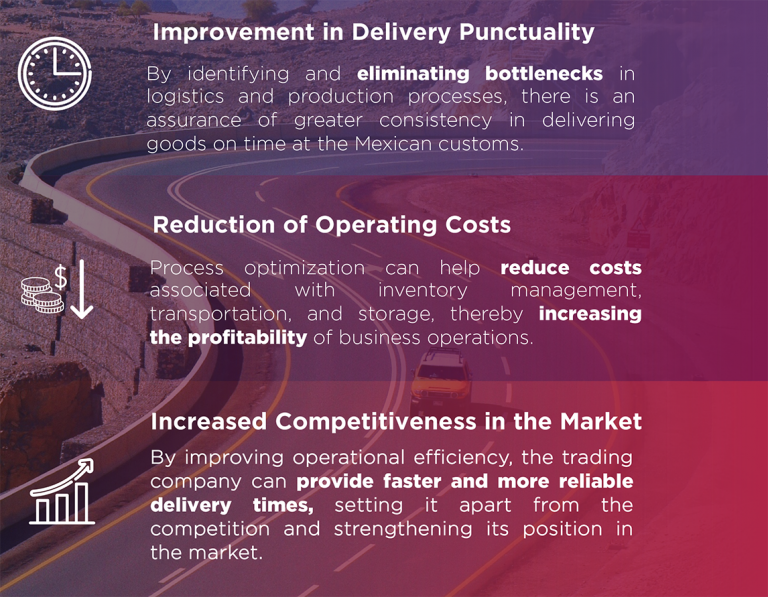
Potencial Processes to Review

Production
Assessment of the efficiency and production capacity of suppliers, identifying areas for improvement in terms of speed, quality, and flexibility.
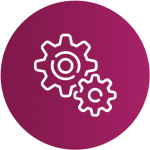
Finished Products Handling
Review of the packaging, labeling, and storage processes of finished products to ensure their integrity and availability for shipping.

Logistics
Analysis of transportation, distribution, and inventory management processes to identify opportunities for optimization in the supply chain.
Required Information for Evaluation:
Work Scheme
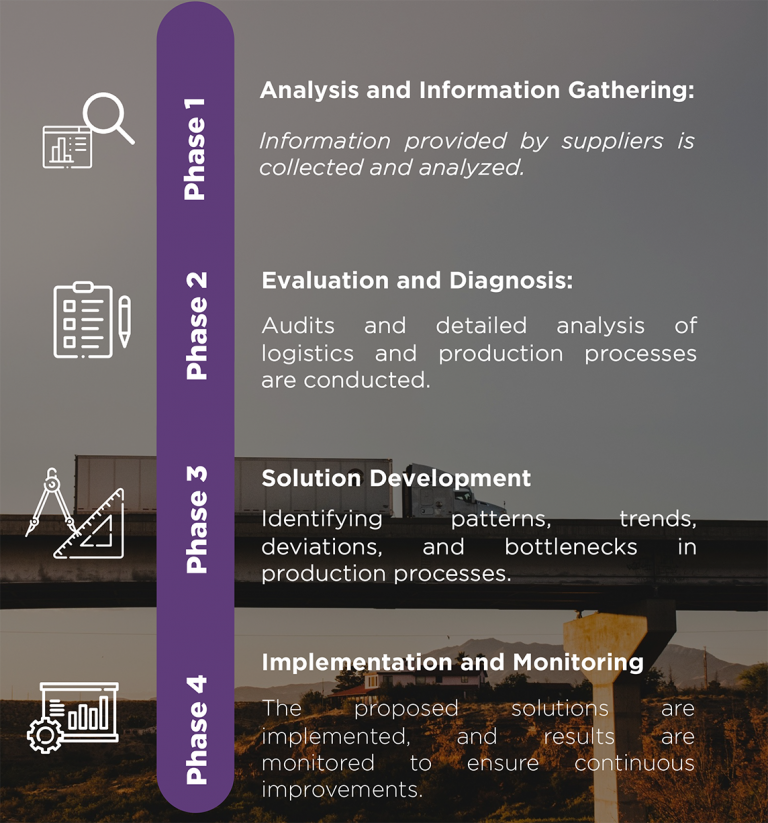
The effort required for the assessment may vary depending on the complexity of the processes and the number of links in the supply chain…
Potential Results / Deliverables to make
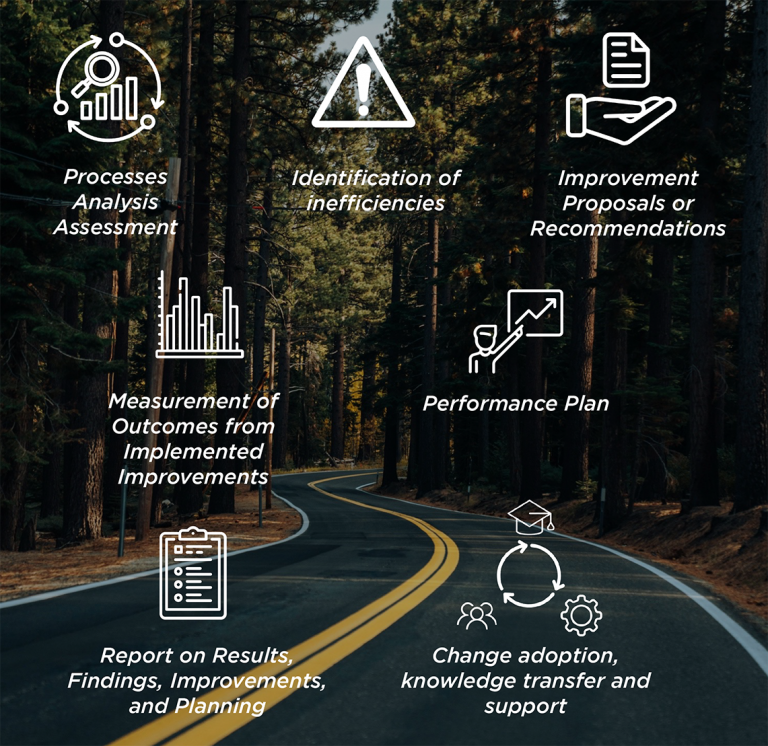
Conclusions – Moving Forward:
A comprehensive assessment of production processes through industry-standard solutions such as n/Six Sigma and Industry 4.0 involves leveraging digital technology to enhance efficiency, quality, and profitability in the supply chain and production. Our specialized professional IT consulting services are designed to address these challenges and assist companies in optimizing their operations for success in the Mexico-USA export market.
By: César Campia.

We are involved in all aspects of product development, from initial idea to final implementation.
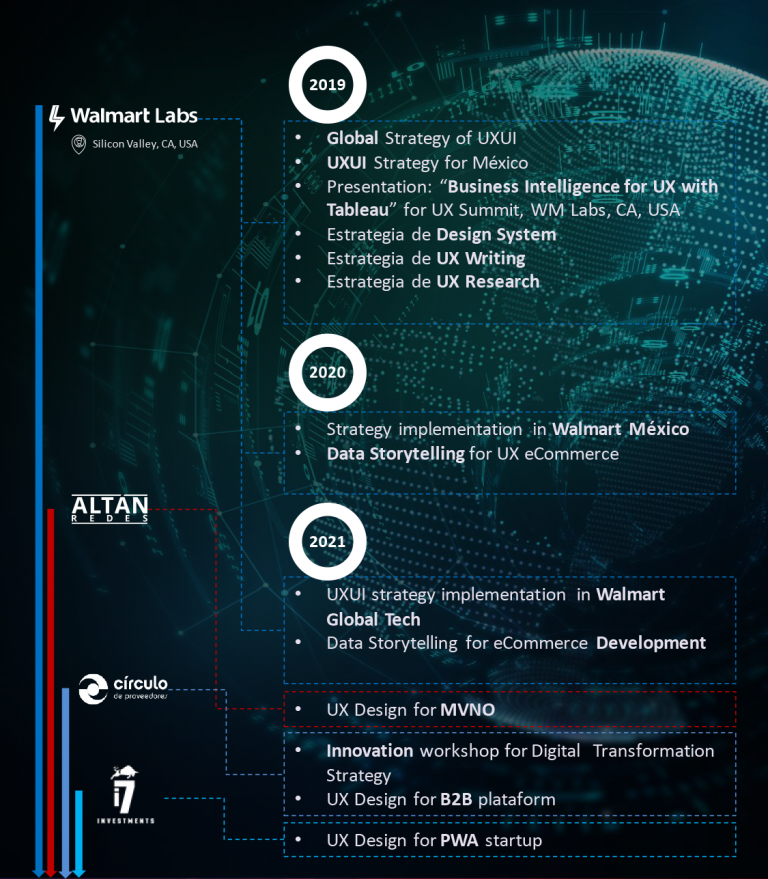
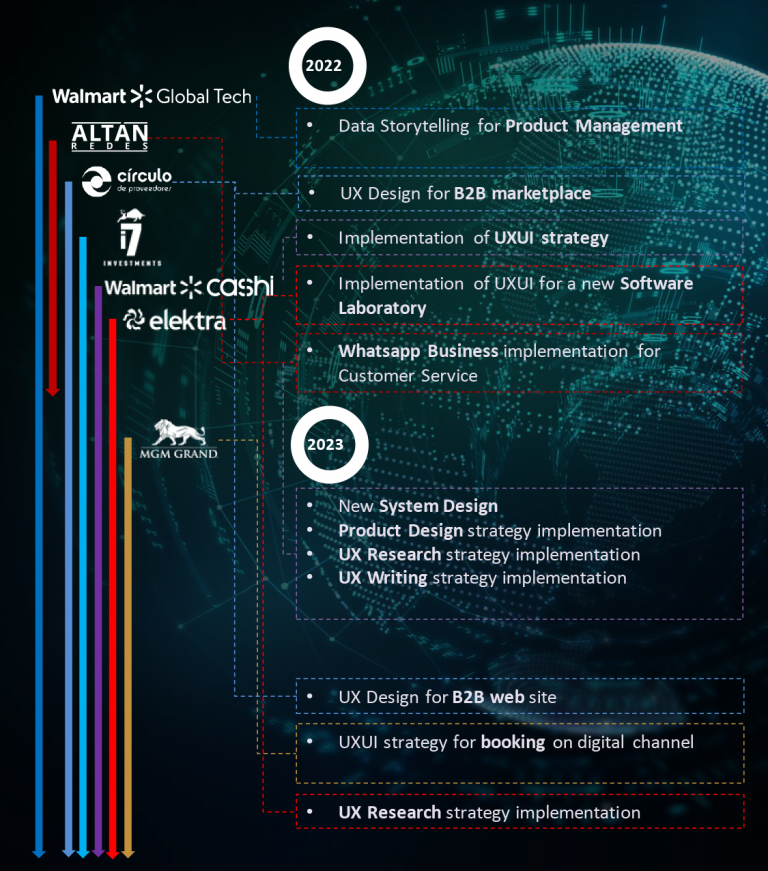
Our Methodology – eCommerce Customer Journey
Through our eCommerce Customer Journey methodology, we seek to cover each touchpoint of the E2E Customer eXperience in a way that allows the development of new capabilities, tools and processes that support it.
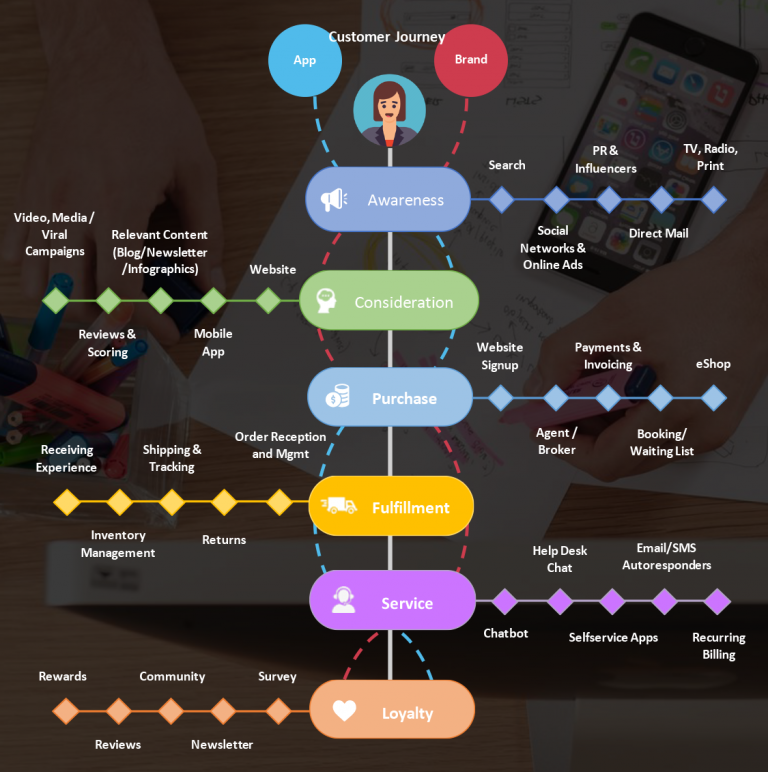
Our approach to building and ensuring the Journey Mapping of the user experience through the app is through the construction of blocks that allow us to have a complete overview of the experience in each of the touch points.
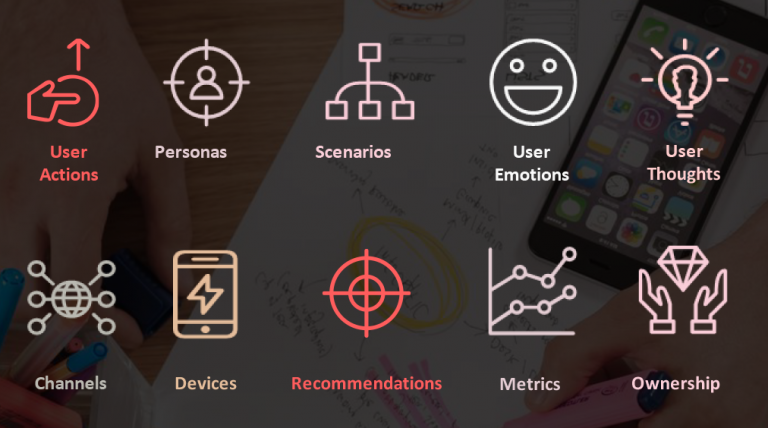
Once you have visibility of each block, we help you implement AI technology to perform diagnoses, monitor consumer activity and find patterns that can increase the value of your business.
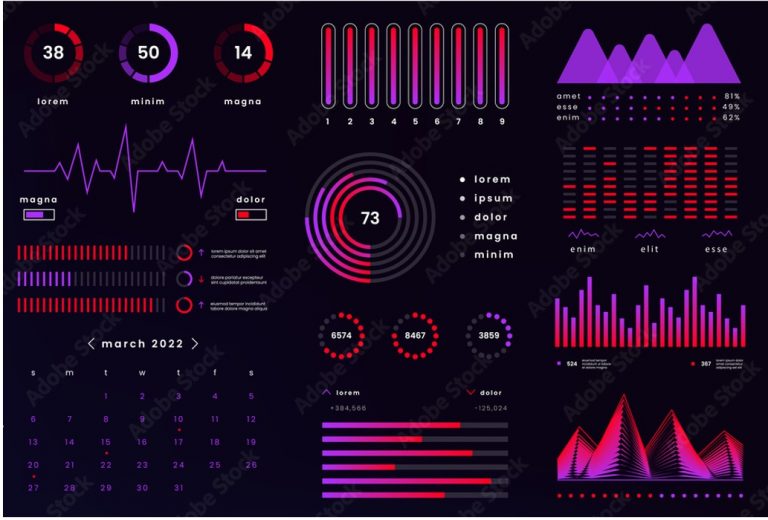
Insight: Digital Transformation.
By Aldo Jiménez.
It is counterintuitive looking for technological advice with personalities that are rather focused in empowering the individual in spiritual and artistic matters than promoting technology and innovation.
However, as counterintuitive as it seems, the key for a successful Digital Transformation is right there where we never think we should start looking at; and as confusing as it may look at first impression, the key is there as the Human Disruption is nothing but the mental process and evolution of individual appreciation in current circumstances derived from an iterative and incremental evolution on every industry due technology infinite loop of improvements.
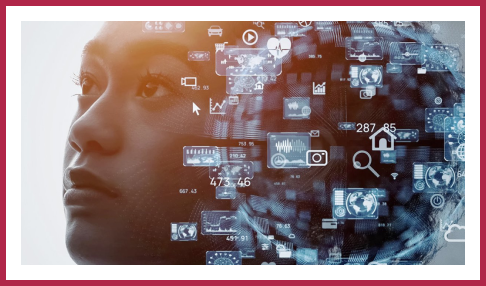
“I think technology really
increased human ability.
But technology cannot
produce compassion.”
Dalai Lama.
“Computers Are Useless.
They Can Only Give You
Answers.”
Pablo Picasso.
At first glance, Digital Disruption seems to be a threat for human beings, being more agile seem to benefit businesses, but applied without compassion and humanity can mean more stress and impact to workforce, analytics seem to be filling seats of businessmen in several industries, continuous increasing set of tools seem to be overwhelming paths of realization for professionals in the market, and rather than helping confuse the professional that now has to choose or learn a large variety of technologies.
“Every single technological change is now impacting humanity in a much deeper way than ever before because technology will soon impact our own biology, primarily via the rise of genome editing and artificial intelligence.”
Source: Entrepeneur.
“Technology is replacing humans – as a matter of fact. Things that have made our society more productive can contribute to it.”
Source: Forbes.
“71% of people surounding in a common meeting room are looking at their personal devices (laptops, tablets, smartphones and even a smartwatch). Not even a pause to notice that this is the future of future, it has captured us and dominated us.”
Aldo Jiménez.
Several opinions have been voiced out to talk about Industrial Revolution in the Age of Digital and Industry X.0; however, nothing until now has covered this topic with focus in the individual and the meaning to human realization.
What is the next step in human realization in the constant pace of techie evolution?
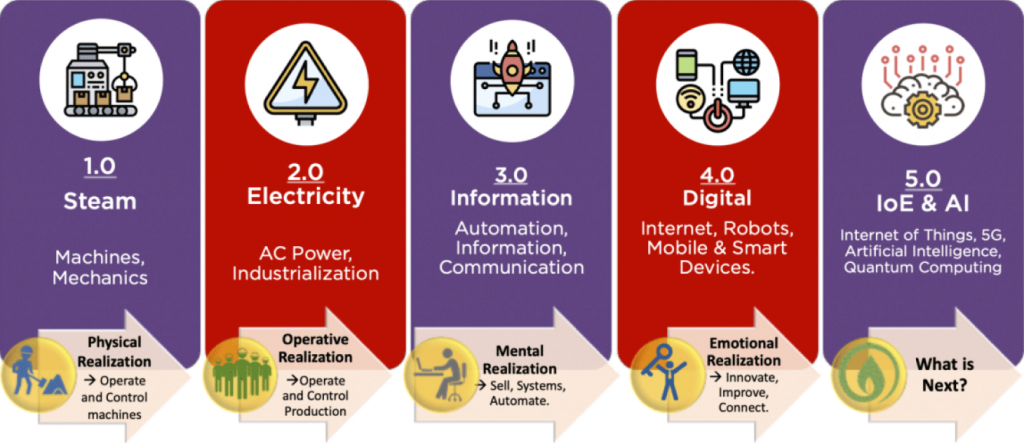
“Linda Smith, a psychologist and brain scientist at Indiana University, Bloomington, has discovered that our ability to retain new information depends, in part, on our physical relationship with it.”
Source: InformED.
“As machine learning produces virtual reality that feels more real than ever, the divide separating “human” and “machine” is shrinking. In fact, virtual experiences may soon provide more sensory data than we can get by any conventional means.”
Source: Futurism.
“While 78 percent of respondents to a TeleTech survey of 341 U.S. consumers say they’re either “very comfortable” or “somewhat comfortable” with the pace of technology that’s embedded into aspects of their daily lives…”
Source: TTEC.
Not as a final word in regards of Digital Transfromation and impact in the human being, but as our creed to tackle Digital Disruption, at ByKon we believe, that bringing tools (Analytics, AI, Machine Learning, IoT , Cloud, Mobility, 5G or Quantum Computing) adopting business trends (new business models, DevOps, UX, Design Thinking, Automation, Enterprise Architecture), innovative methodologies and philosophies (Agile, Lean, Startup, Kanban, Automation, Digital Nomads) is not enough.
“Digital Journey will require having a purpose, understanding individual spirit and meaning of creation as specie.”
Digital Journey will require having a purpose, understanding individual spirit and meaning of creation as specie, making some reflections and retrospective of what was the original purposes business started, and if we are really pursuing those initially defined goals, or at some degree we have pivoted and changed.
Digital Transformation will be successful as long as it is correctly focused to complement the original purpose to serve and to help solving any given problem at each organization, tribe or individual. The question that will remain for our next conversation is, what is your business Spirit?
Insight: Digital Transformation.
Source: digital-manifesto.org
At ByKon, we do not reinvent the wheel, we are rather pragmatic and we honored years of dedication of professionals and savvy workers in the digital age. We are up to date in the best-in-class technologies, points of value, methods, ways of working and toolsets.
Here a piece of what can be the cornerstone of the digital journey for every company, what is so-called the Digital Manifesto, published by François Zielemans, a proposal that has gained so much relevance now but that is more than 10 years old with its evolution and lessons learned.
Sustainable success in digital markets requires more than adopting Agile Scrum or replacing the Business IT alignment paradigm with Business IT fusion. These are point solutions. Digitalization requires an integral approach, starting with the business and IT reframing their current belief set and operating model.

A successful transformation of an analogue business model into a hybrid or digital equivalent touches on companies’ leadership style, culture, skill sets, strategy, business model, sourcing strategy and process model.
Equally important is not to get carried away by technology-related buzzwords. The Internet of Things, Social Media, Big Data, Cloud are all very important trends but they are no reason to forget everything from the past. Agile Scrum is taking the development world by storm, but there are still plenty of cases where waterfall development is preferable. Similarly, the business IT alignment paradigm from Henderson and Venkatraman remains the best choice to collaborate with the business for the stable, efficiency-driven part of the IT portfolio.
The need to differentiate can also be observed at company and industry levels. A manufacturer of roof tiles relies far less on IT for its financial success than Google.
Or consider a startup versus an established company. The first starts with a clean sheet while the century old company has a mountain of legacy to consider. Hence, the world is too complex and diverse to think only in black and white. It consists of many shades of grey too. What the digitalization of markets and business models require is doing certain things much less, and others much more.
“What the digitalization of markets and business models require is doing certain things much less, and others much more.”
These practices are embodied by the following six principles:
Less defensive, more offensive.
Less inside, more outside.
Less uniform, more differentiated.
Less static, more flow.
Less isolation, more cohesion.
Less cost, more value.
The similarity with the Agile Manifesto is obvious, including the following quote: “while there is value in
the items on the left, we value the items on the right more”.
“Every year, product lifecycles become shorter, products more
complex and markets more uncertain.”
Every year, product lifecycles become shorter, products more complex and markets more uncertain. This requires the IT team and the company as a whole to invest in capabilities embodied by the items on the right.
This article shows how rather simple is to focus in a Digital Journey, not only a bunch of tools to go Digital, but a bucket list of simple philosophies that govern the whole roadmap. With this in mind our toolsets, assets, and professionals help our clients to thrive into the New, the Now and the Unknown.
Insight: Diversity and Inclusion.
By: Andrea Martínez.
Team dynamics within organizations are changing rapidly and constantly. Diversity, equity and inclusion have become issues of great relevance in organizations, which question themselves about the correct and effective way to integrate strategies lined up to cultural transformation, change management, policies and business outcomes.
Some of the challenges are to lead, enhance and take these qualities by integrating inclusive work teams.
A common mistake is to confuse equity with trying to homologate experience, skills and knowledge in a rigid framework that limits the creativity, initiative, proactivity and productivity of work teams.
“A common mistake is to confuse equity with trying to homologate experience, skills and knowledge in a rigid framework that limits the creativity, initiative, proactivity and productivity of work teams.”
Equity goes further within an organization; the real meaning is that anyone within the organization can have access to the same opportunities and tools to get a proper decision making and participate in innovation processes without distinctions from everyone’s potential (Entrepreneur, 2019).

Cognitive biases function as filters, through which we perceive the reality around us and come from our education, social environment and personal history. They are, in fact, lifelong prejudices and particularly relevant when we are talking about listening, giving opportunities and having people from our working environment (Padula Partners, 2019).

Diversity, equity and inclusion not only mean that the staff will be integrated into the Head Count, but are really taken into account to generate value and develop their potential.
On the other hand, the task of the leader is to clearly communicate which is the mission of the team aligned to the needs of the business, establish the responsibilities according to the role of each team member, promote adherence to the guidelines, thus achieving a true alignment of work teams through inclusive and equitable leadership.
We will know that we are on the right track on issues of diversity, equity and inclusion when employees naturally express a sense of belonging and commitment to the company, giving their opinion freely, without fear of negative criticism, annulment or reprisals, that increase the generation of ideas of value for decision-making within work teams, same dynamics that permit the whole organization getting results that will exceed expectations.